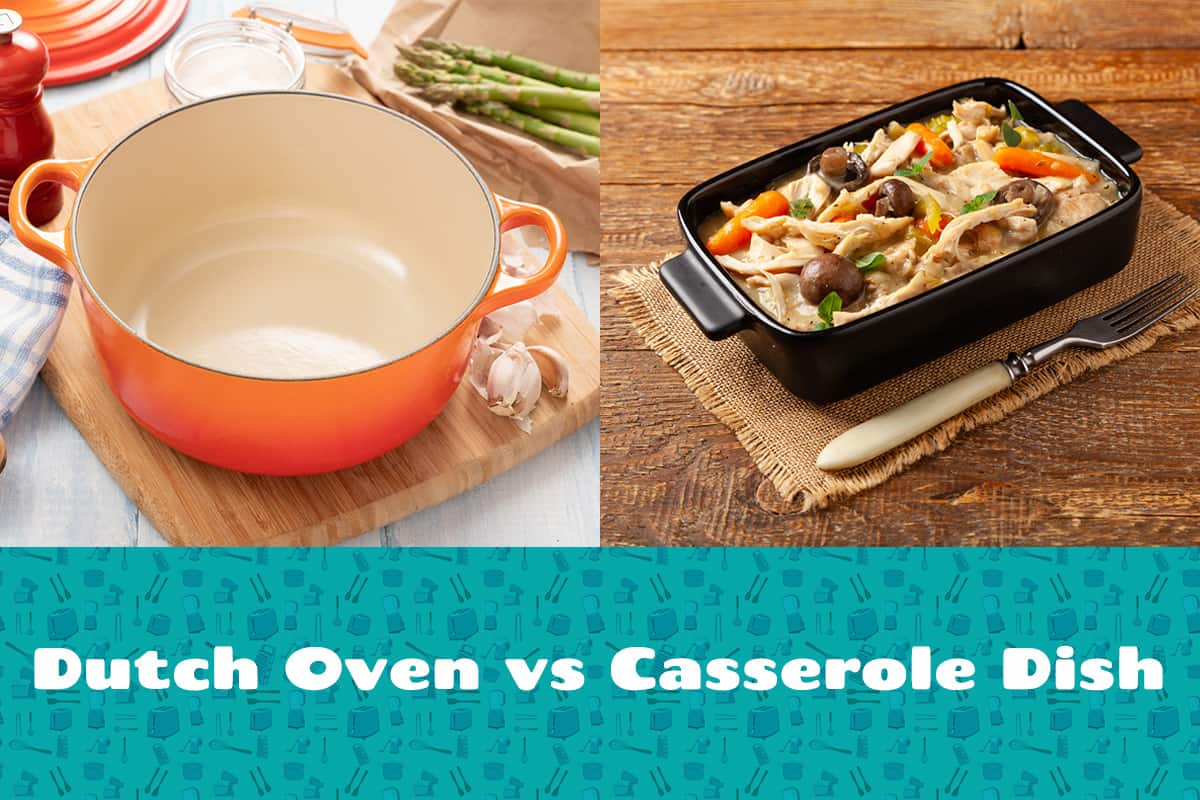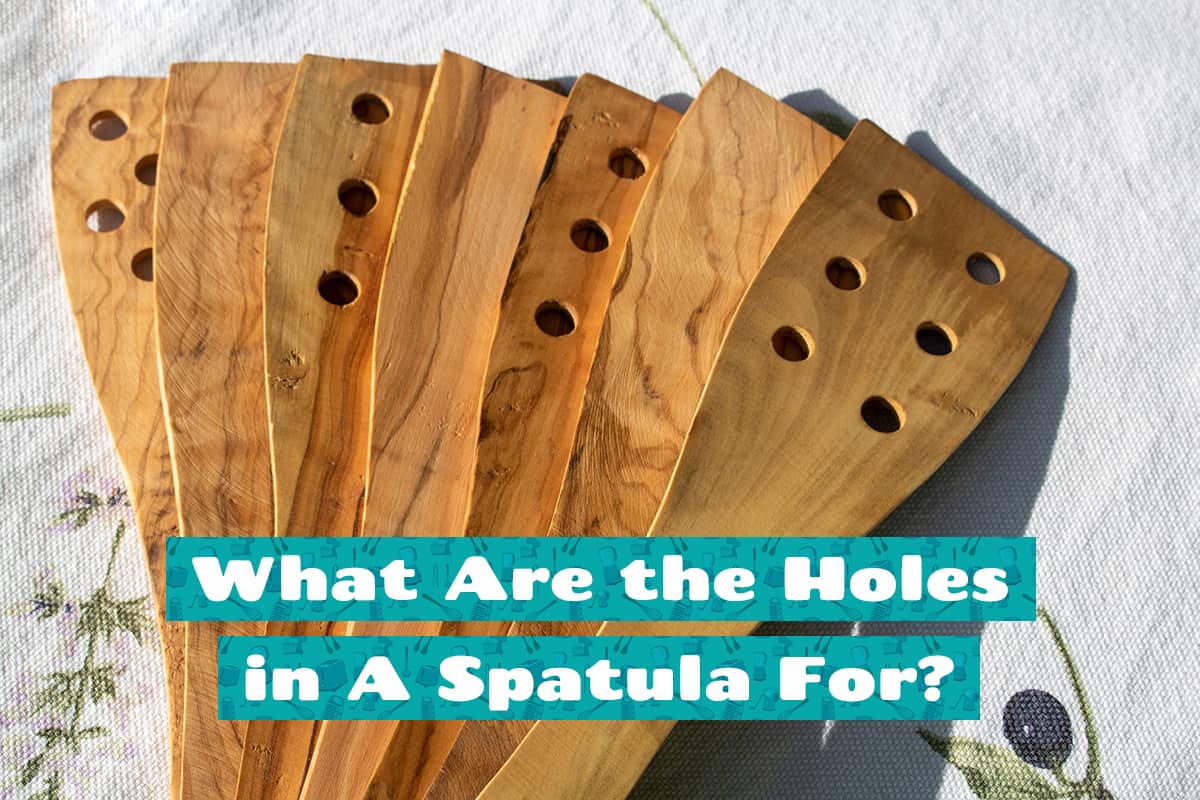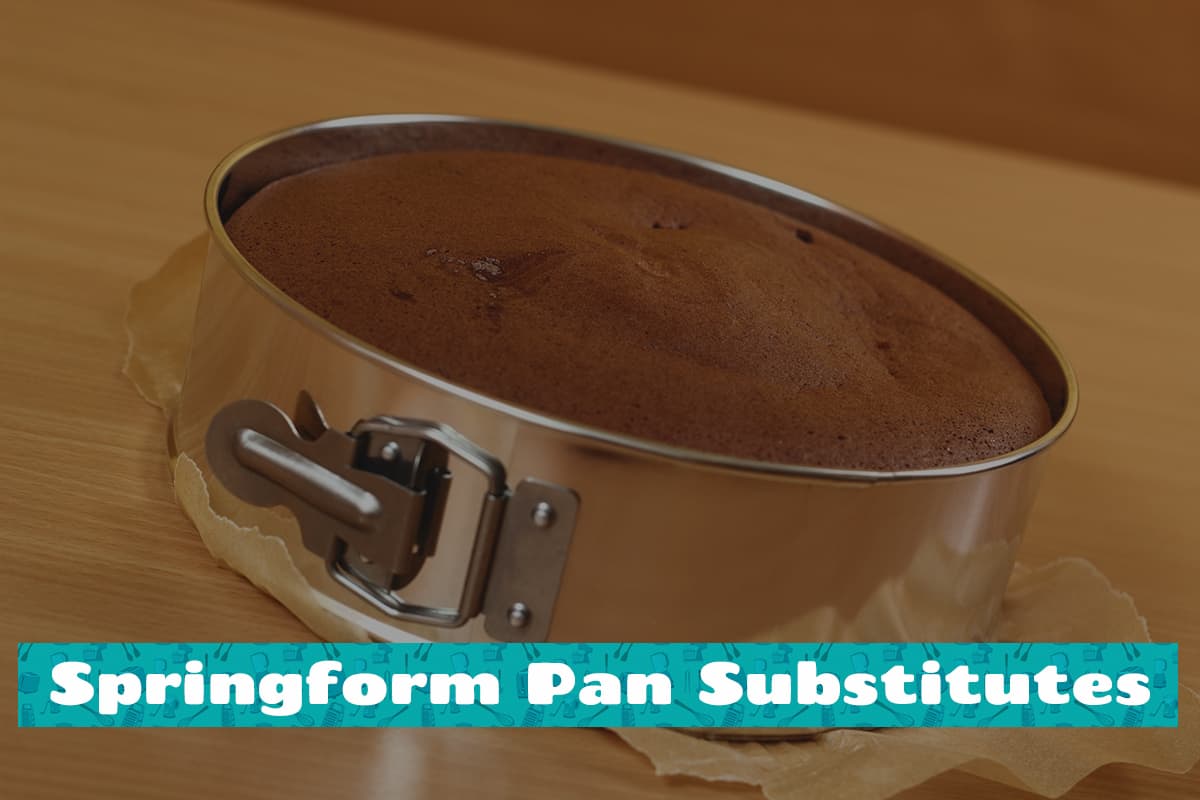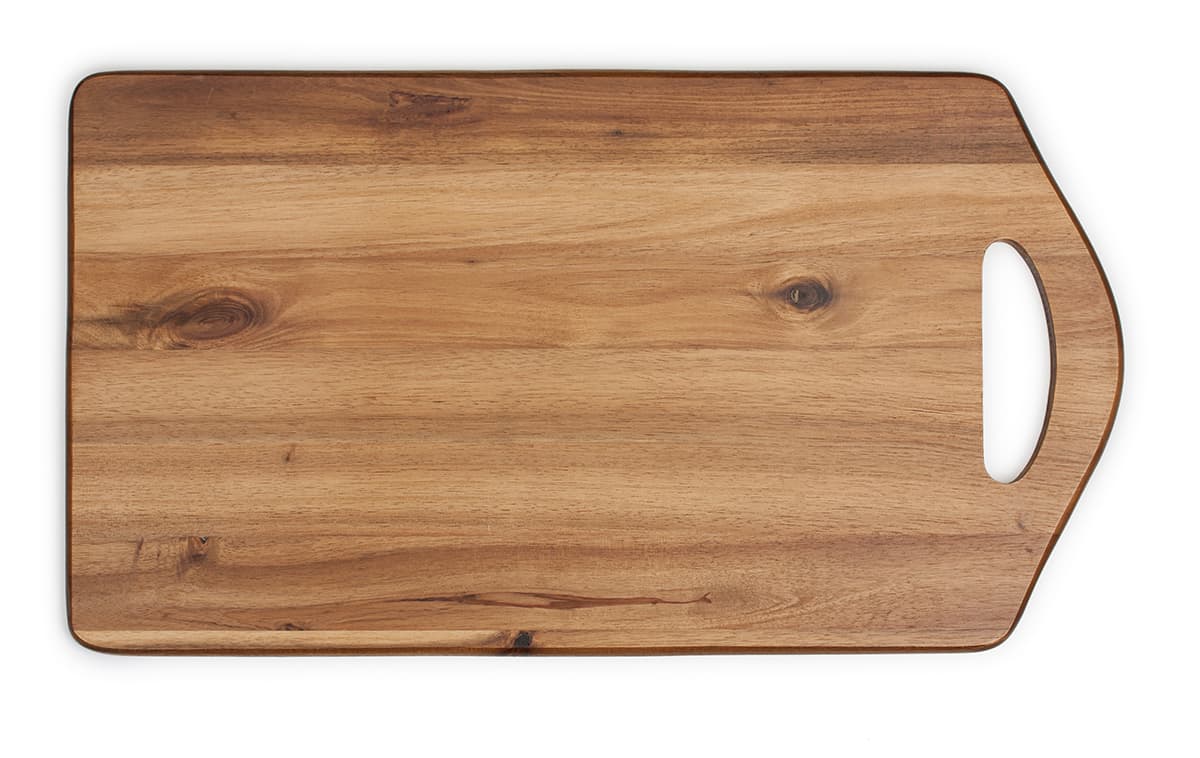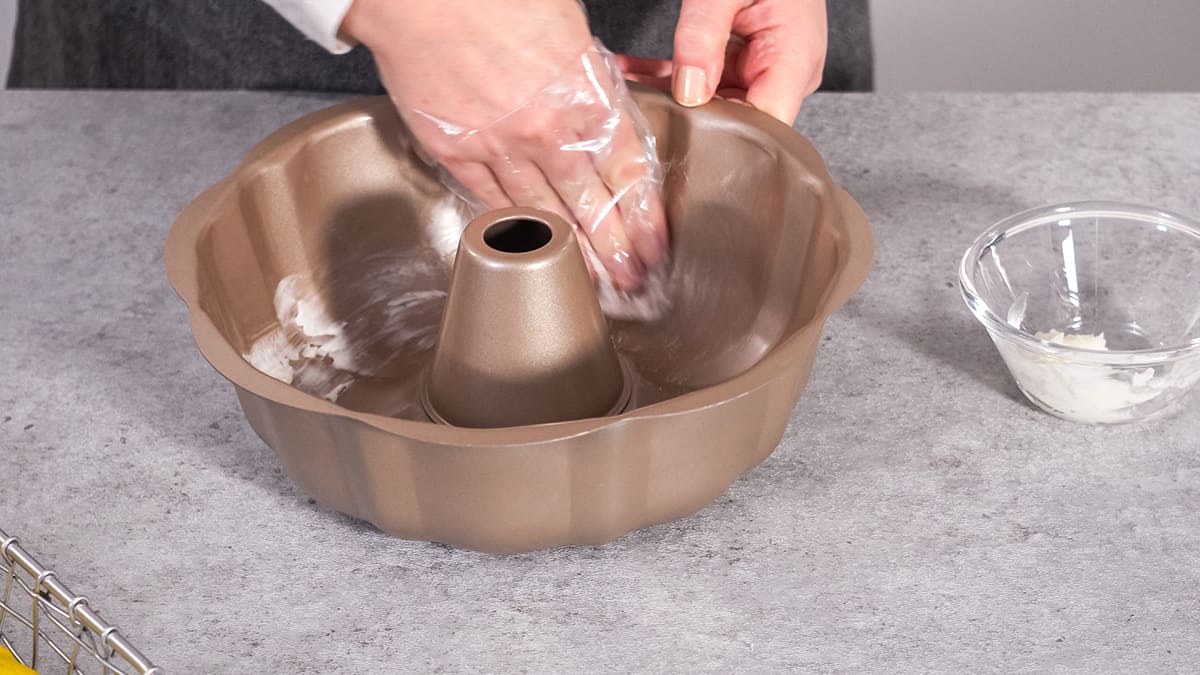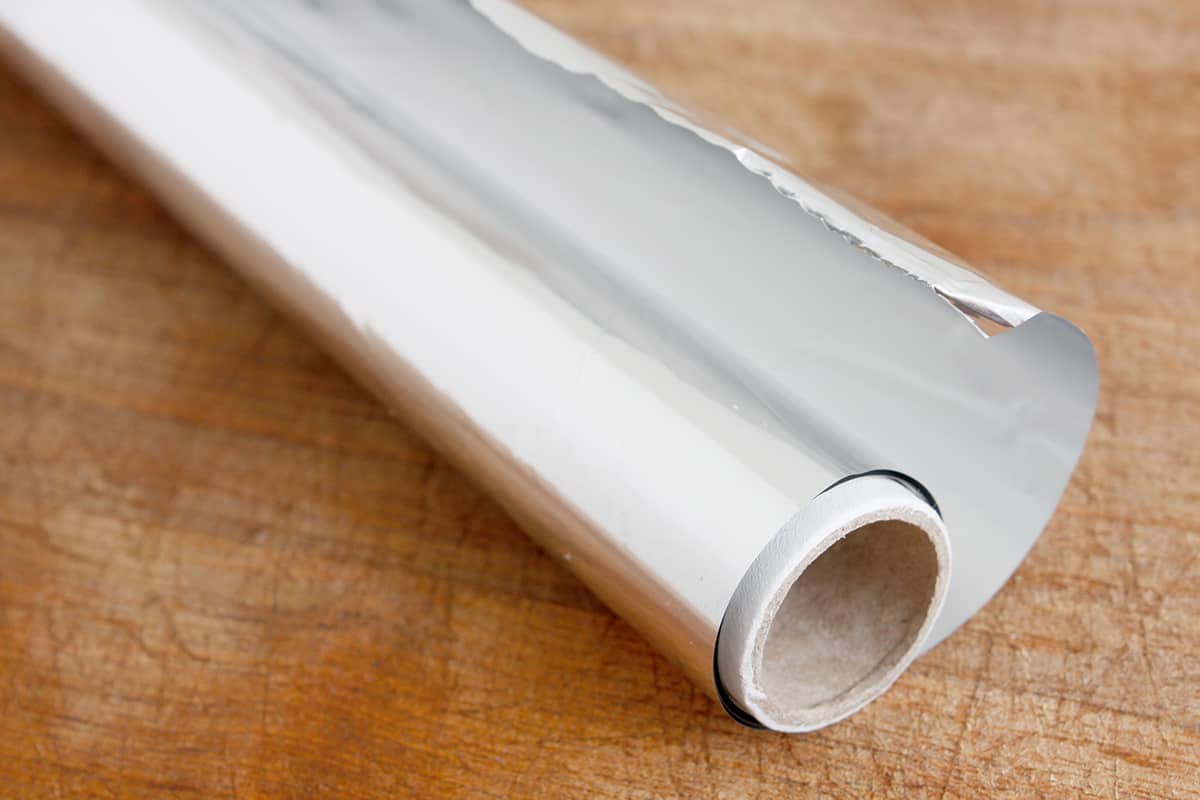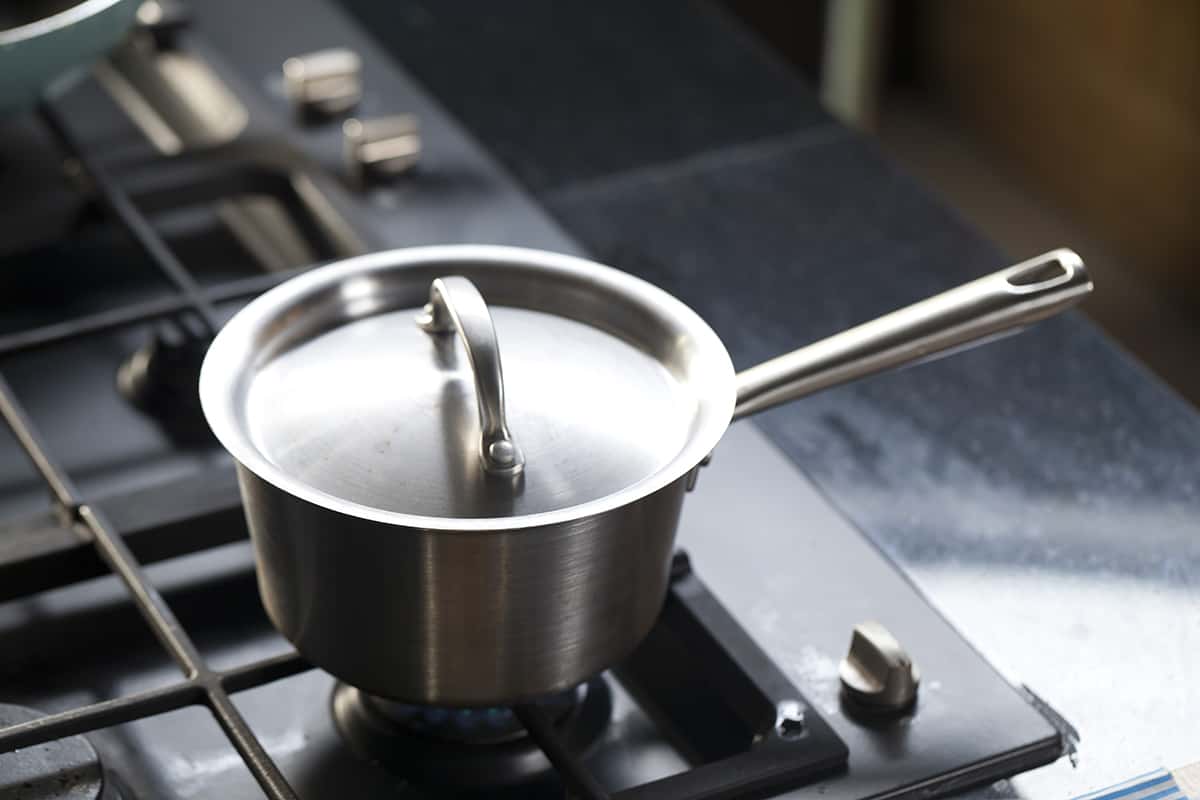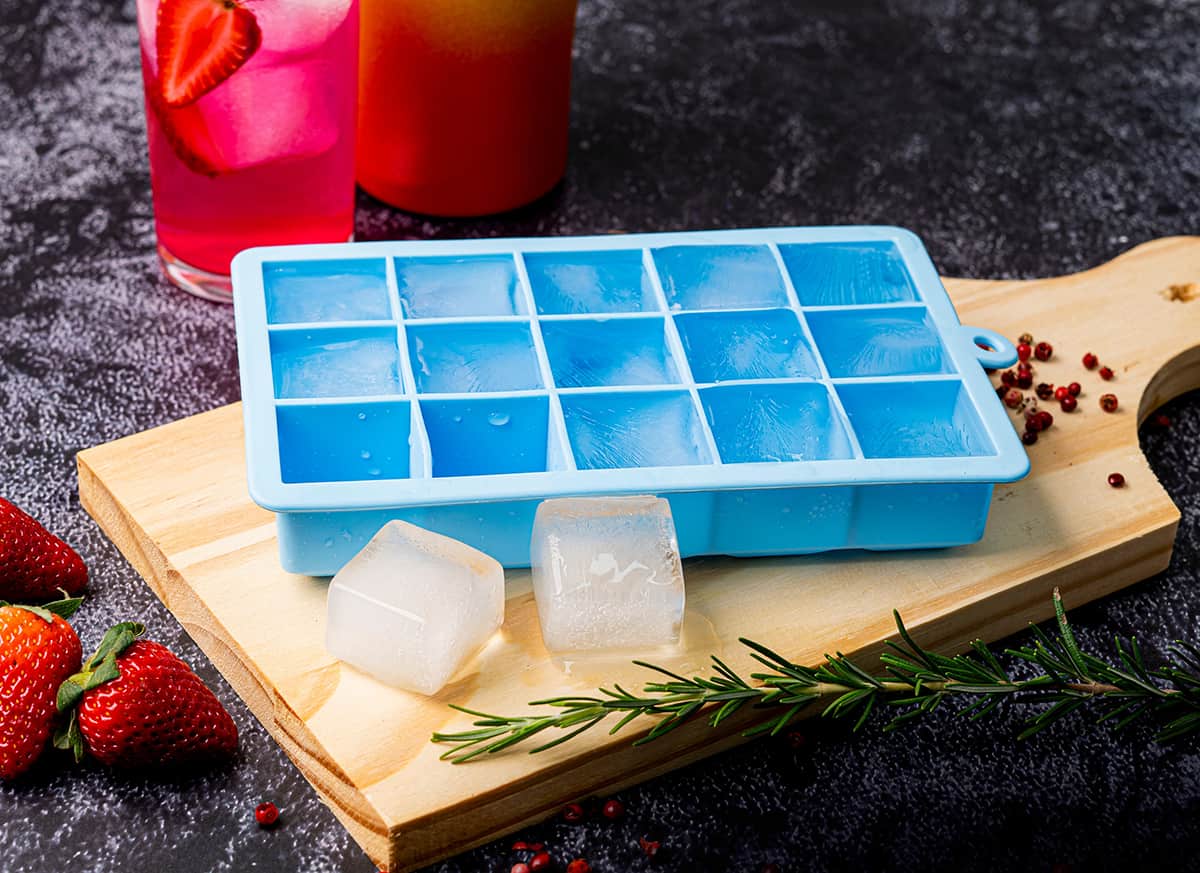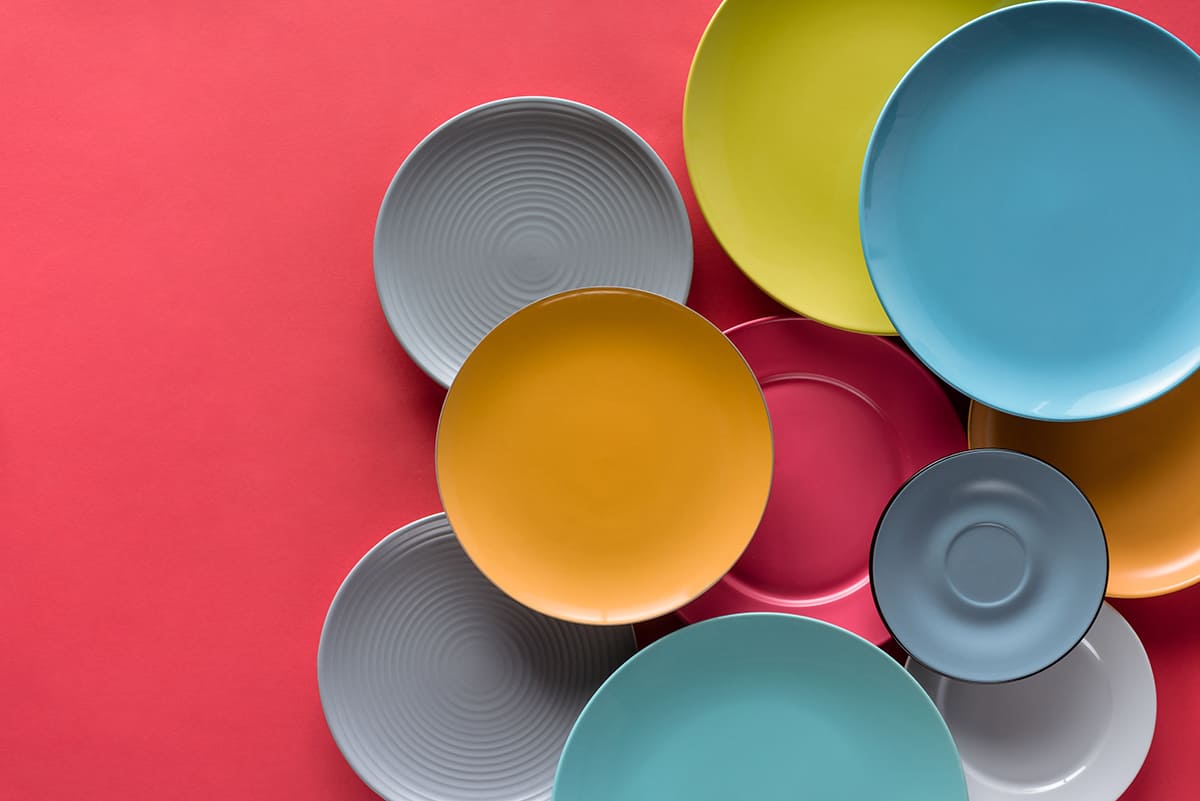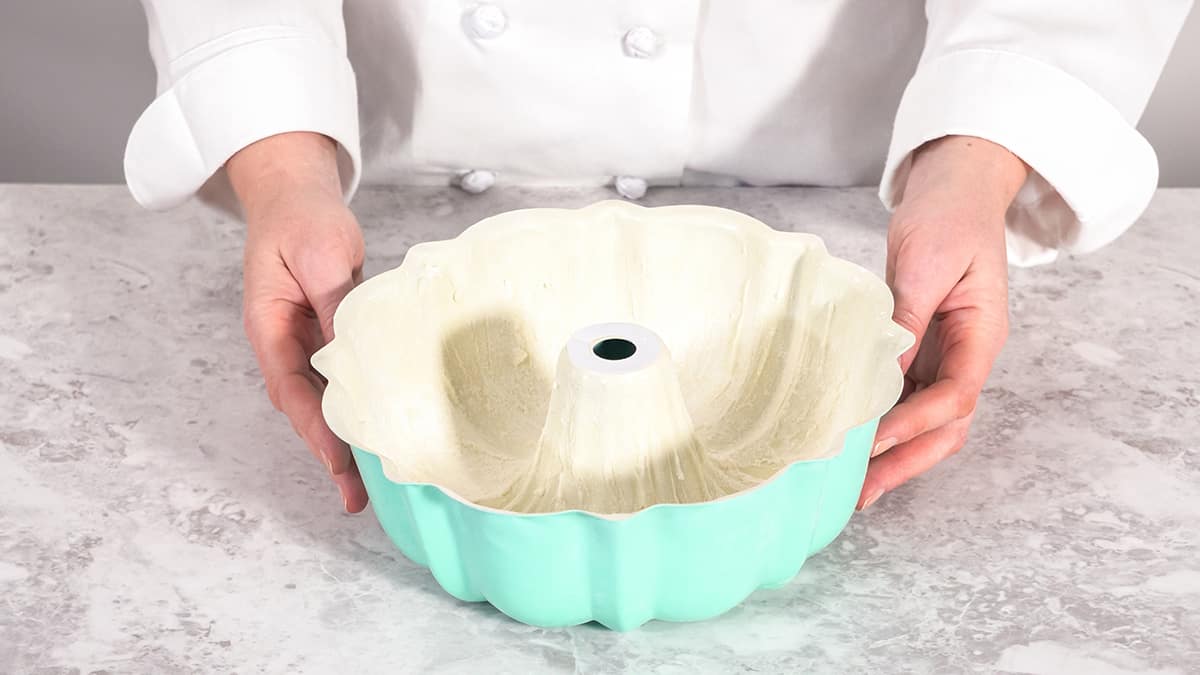Dutch ovens are typically made of cast iron, retaining heat and making them ideal for long, slow cooking, like stews. Casserole dishes, usually ceramic or glass, are designed for dishes that need even heating, like baked pasta.
The holes in a spatula are primarily for draining excess liquid to keep your food crisp. They also help in maintaining even cooking by allowing heat to pass through. Meanwhile, some spatulas are solid, often for scraping or spreading.
Cleavers, boning knives, butcher knives, and Japanese Deba knives are all well-suited for bone cutting. Each has its own features and advantages, but they’re specifically crafted to handle the tough job of cutting through bones.
Every home baker, at some point, comes across recipes that call for a specialized kitchen tool—the springform pan. Revered for its unique design that allows the sides to be removed, it’s a favorite for cheesecakes and layered cakes. But not everyone has one in their kitchen arsenal.
An acacia cutting board is a kitchen tool made from acacia wood. The pros include its high durability, natural antibacterial properties, and striking grain patterns. However, it can be relatively heavy and require more care and maintenance than other types of cutting boards.
Bundt cakes make excellent centerpieces or celebration cakes, since they have a more intricate and interesting design than regular cakes. However, the design of bundt cake means that unlike springform cake pans, sticking often becomes an issue.
A charcuterie board is a beautiful and delicious arrangement of cured meats, cheeses, and various accompaniments, served as an appetizer or snack. The key to a successful charcuterie board lies in the variety of flavors, textures, and colors, as well as the presentation.
Consumer-grade aluminum foil typically measures 12 inches wide and 25, 50, 75 (most common), or 200 feet long, and 0.00063 inches thick. Commercial aluminum foil is usually 18 inches wide and spans 500 or even 1,000 feet long, with a thickness of about 0.00095 inches.
Standard saucepan sizes include 1, 2, 3, and 4 quarts, with some versions measuring 5 quarts and larger. Depending on the brand, you can find 1.5, 2.5, and 3.5-quart saucepan models.
A typical ice cube tray holding 12 to 16 ice cubes will measure around 11 inches long, 4.5 inches wide, and 1.5 inches tall. Each compartment will hold anywhere from 0.5 to 1 fluid ounce of water.
The most popular dish color options are white, black, red, blue, green, and yellow. However, there is no “right” or “wrong” color since your personal preference is a key factor in choosing which dish color to go with.
Bundt pans are notoriously difficult to keep clean because of their intricate shapes. When remnants of the cake mixture get burnt on to the pan this adds an extra layer of difficulty, but it’s essential that bundt pans are clean when you bake with them because a dirty pan can cause the cake batter to stick to the sides. You might be tempted to scrub a burnt bundt pan to get it clean, but in doing this you run the risk of scrubbing away the non-stick layer on the pan, which would also cause issues.
